University of Roma Tor Vergata

UNITOV in short
The University of Rome Tor Vergata is a public University, established in 1981. It is a 600-hectares campus located in the South-eastern of Rome with around 38.000 students, 19 departments and more than 240 bachelor and master courses. Despite its young age, Tor Vergata has already reached high quality standards in Italy and Europe (it is ranked among top 10 universities in Italy). The University has established in 2006 together with the Lazio Region the “Centre for Hybrid and Organic Solar Energy” (CHOSE). The centre’s objectives are the research and development for the industrialization of organic and hybrid organic-inorganic technologies via three main steps: i) define a technological process for organic/hybrid cells, ii) develop fabrication processes for industrialization, iii) foster technology transfer towards SMEs. CHOSE has more than 1000 sqm of laboratory with all the equipment necessary to carry out research on hybrid and organic photovoltaic technology and to scale them up. In particular, the laboratory has been set up with a vast range of equipment for the fabrication and testing of Perovskite, Dye Sensitized, and Polymeric cells and large modules on glass, metal and polymeric. CHOSE includes an outdoor meteorological and panel measurement station (ESTER). Other laboratories include material characterization labs and outdoor testing facilities. CHOSE@UNITO is a the chemistry branch of the centre and perform material synthesis and characterization with fully equipped chemistry and material science laboratory. Here organic and polymeric transporting layers as well as additives and encapsulant are developed for use in III generation solar cells.
CHOSE is member of the EERA-PV platform and GRAPHENE Flagship and spun-out 5 companies working in the field of photovoltaics and related technologies/applications. CHOSE designed and developed for Permasteelisa company, a world leader in the field of glass facades for building, a Pilot Line for fabrication of Dye Solar cell integrated in facades (DYEPOWER). CHOSE participates/coordinate to different H2020 and national projects on Perovskite modules and Perovksite/Silicon tandem.
Main role and tasks in the project
UNITOV is involved in WP2 and WP3 for transnational access and virtual access and will lead NA2.4 of WP5 related to courses and training workshop at different stage of career. Concerning the JRA, UNITOV will be involved in WP7, WP8, WP9 leading task JRA2.2 to Improve process equipment and process control for single junction perovskite PV device manufacturing.
Key Persons involved in VIPERLAB project
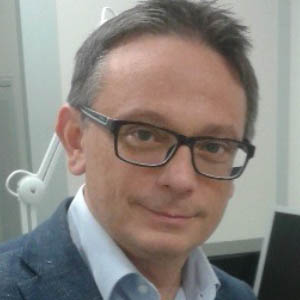
He was enrolled by the University of Rome Tor Vergata in 1996 as research assistant, promoted to Associate professor in 2001 and to Full professor in 2012. He was the coordinator of the PhD in Electronics Engineering from 2012 till 2019. He is Director of the Institute of Structure of the Matter of CNR. His research activity mainly concerns the design, fabrication and characterization of solution process solar cells and other optoelectronic devices. He is European Coordinator of the EU CITYSOLAR H2020 project, he was EU coordinator of OPTHER FP7 project and node coordinator of several H2020, FP7, FP6 EU Projects. From 2009 to 2015 he was CTO of Dyepower, a consortium for Industrialization of Dye Solar Cells for facade applications. He was/is involved in more than 6 EU + 4 National project related to perovskite solar cells. He authored / co-authored more than 500 publications, review articles, book chapters and 13 patents. h-factor = 62, Citations = 15799 (SCOPUS).
Role in the project
Task NA2.4: Courses and workshops for training leader and Contact point and coordinator of UNITOV’s activities in VIPERLAB.
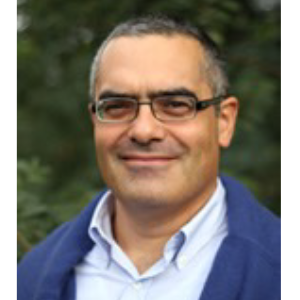
He is with the Department of Electronic Engineering, University of Rome Tor Vergata, Since 2019 he is Director of CHOSE. The main research areas are: - Devices based on organic semiconductors and hybrids organic-inorganic systems, with particular attention to the technological aspects of scale-up on large area of printable photovoltaic devices, thermoelectric devices and to devices for telecommunications; Experimental study of nanostructured materials such as carbon nanotubes and related technological applications (thermal management, strain sensors, gas sensors); Theoretical and experimental analysis of the optical, electro-optical and electrical properties of heterostructure devices. Prof. A. Reale has H factor = 30 (Scopus). He co-authored 122 publications in international journals with peer review, approximately 80 proceedings of international conferences, 1 textbook in Optoelectronics, 3 chapters in books reviews on photovoltaics, 7 international PCT patents. Reale received 2 scientific awards, and has organized 2 international conferences.
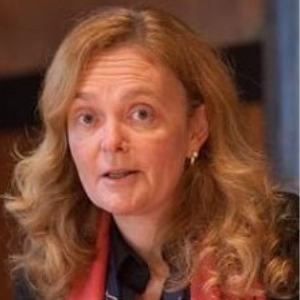
She was enrolled by the University of Torino in 1996 as research assistant, promoted to Associate professor in 2004 and to Full professor in Industrial Chemistry in 2021. She is the vice-coordinator of the Industrial PhD Programme in Innovation for the Circular Economy since 2018. She is vice-Director for research activities of the Department of Chemistry (University of Torino). Her research activity mainly concerns the design, synthesis and characterization of functional organic and hybrid materials for cells and other optoelectronic devices. From 2011 to 2015 she was involved in the CTS of Dyepower, a consortium for Industrialization of Dye Solar Cells for facade applications. She was/is involved (as local PI) in both EU and National projects related to III generation solar cells as well as other optoelectronic devices, being responsible for the development of organic materials. She authored / co-authored more than 130 publications, review articles and book chapters. h-factor = 36, Citations = 4190 (SCOPUS).
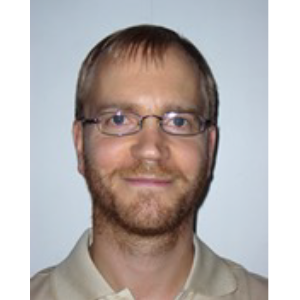
He is with the Electronics Department of the University of Rome Tor Vergata since his PhD in 2007. He is responsible for the theoretical modeling activity of CHOSE. His main research interests are: the development of multiscale/multiphysics modeling approaches for electronic devices, in particular integration of continuum and atomistic models; simulation of optoelectronic devices, with particular focus on III-nitrides, antimonides and hybrid perovskites; optical simulations of nano- and microLEDs; development of analytic models for solar cells. He is responsible for the infrastructure and transport model of the TiberCAD simulation tool. He has participated as researcher in 8 European projects, and he is co-founder of a University spin-off company. He was/is leader of the simulation WP in H2020 projects “ChipScope” and “SMILE”. He has co-authored more than 110 journal and conference publications, and he has an H factor of 21.
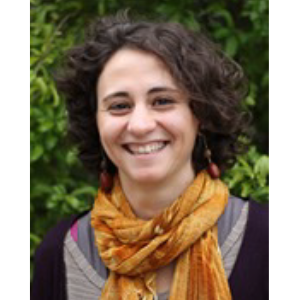
She is at Electronic Engineering Dept. of the University of Rome Tor Vergata since 2006 (PhD in 2004, Marie Curie Individual Fellowship 2005). Her current research is focused on the analysis, design and manufacture of electronic and optoelectronic devices through the use of nanomaterials (carbon nanotubes and graphene), organic semiconductors and perovskites realized on rigid and flexible substrates, including paper. Francesca Brunetti was the European coordinator of the Go-NEXT project on Graphene based Organic Solar Cells and she is currently the local coordinator of two H2020 European Projects (APOLO-SmArt Designed Full Printed Flexible RObust Efficient Organic HaLide PerOvskite solar cells and WASP-Wearable Applications enabled by electronic Systems on Paper) and the principal coordinator of a national project founded by the Italian Space agency (Perovsky-Perovskite and other printable materials for energy application in space). She authored more than 100 publications among paper and conference proceedings, and she holds 7 patents. h-factor:18 (Scopus)
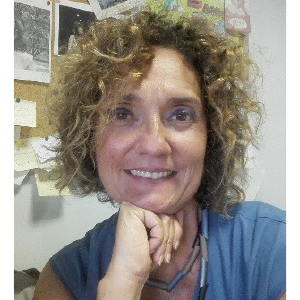
Since 2001 at the Department of Enterprise Engineering of the University of Rome Tor Vergata where she is currently Associate professor of Environmental Applied Physics. Her research interests are mainly focused on weather and solar radiation measurements at ground for performance characterization of PV devices and systems, outdoor monitoring and test of solar conversion devices of innovative PV technologies and forecast of solar radiation and PV power production for electric grid integration and electricity market. She coordinates the ESTER lab research activities and she is subtask leader of the International Energy Agency (IEA) PVPS Task 16 on Solar Resource for High Penetration and Large Scale Applications. She is also coordinator of Res4Lazio project co-funded by the Lazio Region and Graphene Core 3 european project for supporting a Researcher position to investigate strategies and innovative technologies for the Lazio region transition to 100% renewables. She is author of more than 100 publications on international journals, book chapters and conferences proceedings. Hindex: 17, citations: 1016 (scopus).
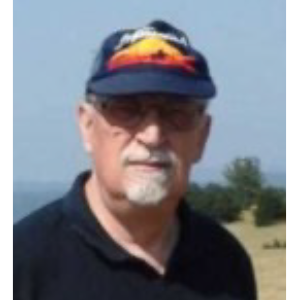
Full Professor of General Chemistry. University of Rome-Tor Vergata. His professional interest focuss on Porphyrins chemistry, electrochemistry and organometallic chemistry, fullerene chemistry and photochemistry.
He is coauthor of more than 100 papers on international journals of chemistry four chapters of books and one patent.
Member of the Italian Chemical Society, the American Chemical Society and the Royal Society of Chemistry. He is coordinator of the degree in Applied Chemistry of his University.

Thomas M. Brown investigated polymer OLEDs for his PhD at the Cavendish Laboratory, University of Cambridge. From 2001– 2005 he developed OTFTs and E-Paper as Senior Engineer with Plastic Logic Ltd. In 2005 he was recipient of a ‘‘Re-entry’’ Fellowship awarded by the Italian Ministry of University and Research and is Associate Professor at the University of Rome-Tor Vergata. Cofounder of the Centre for Hybrid and Organic Solar Energy, and Associate Editor of Solar Energy, he has published over 150 articles, 4 book chapters and 15 patents. His current research in perovskite solar cells focuses on a variety of flexible substrates, light harvesting in indoor environments, bio-hybrid device and processing with greener solvents.
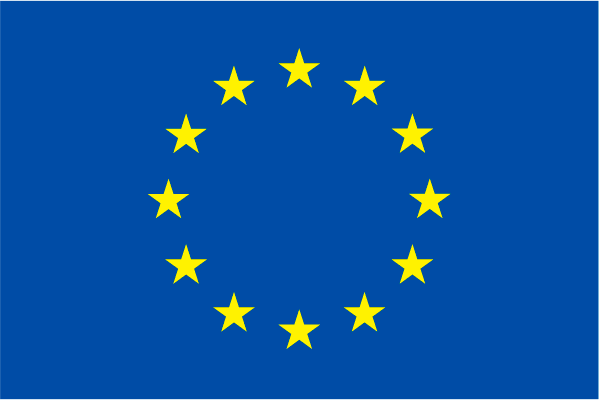
This project has received funding from the European Union’s Horizon 2020 research and innovation programme under grant agreement N°101006715

